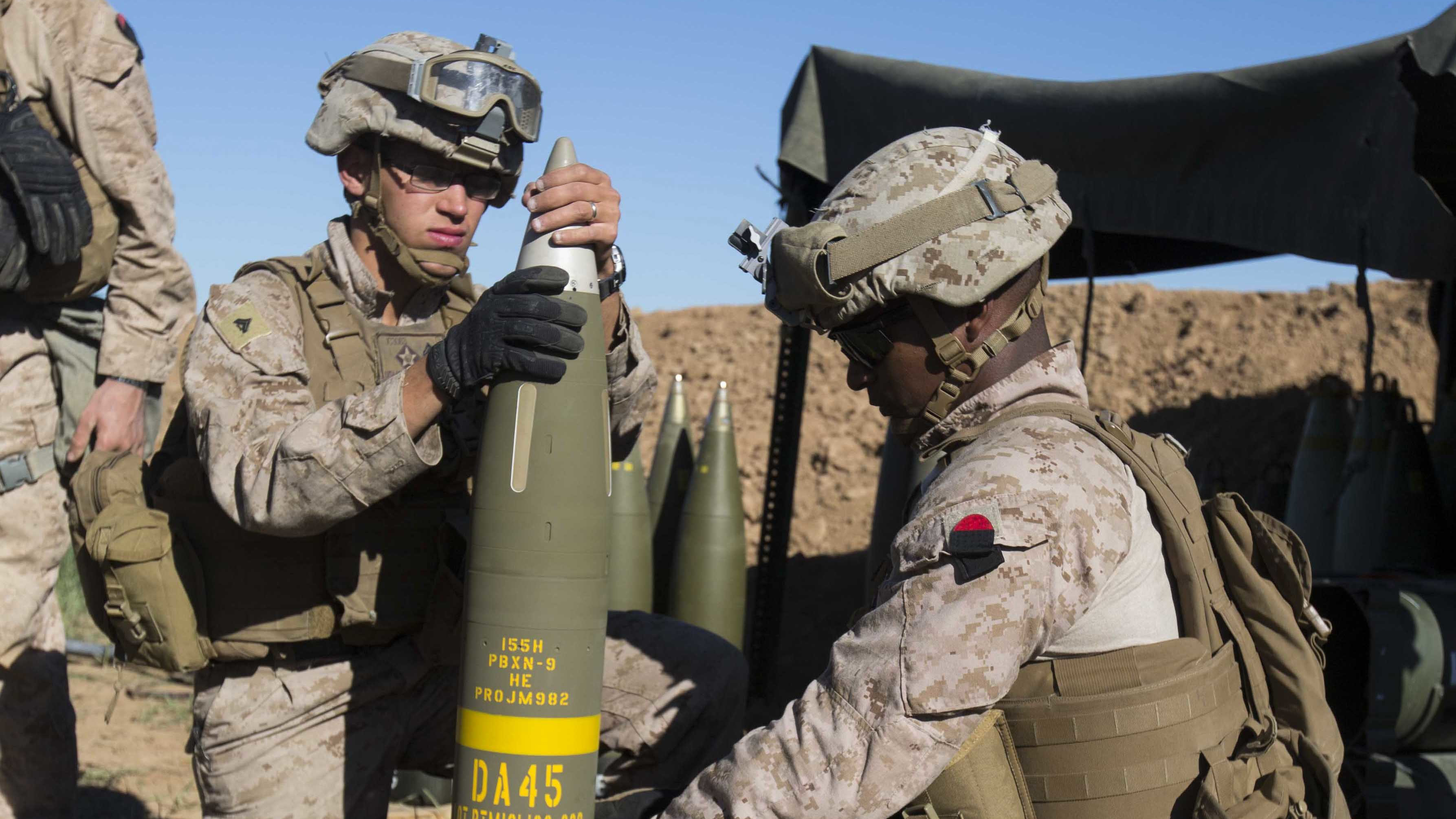La US Navy está analizando la posibilidad de emplear el proyectil guiado de Artillería EXCALIBUR, para reemplazar, a los efectivos pero muy costosos LRLAP (Long Range Land Attack Projectile) en los navíos Clase Zumwalt. Si bien la decisión de avanzar hacia los EXCALIBUR fue forzada por los severos recortes presupuestarios para los próximos años, Lo cierto es que la tecnología de los proyectiles guiados de Hipervelocidad (LRLAP) se estima estará “madura” como para entrar en servicio en 10 o 15 años. Por el contrario, si bien los Excalibur, guiados por GPS tienen la mitad del alcance de 60 millas de los LRLAP, cuestan la cuarta parte de estos, han sido probados con éxito en combate y fundamentalmente, están disponibles ya!
 THE PENTAGON — The Navy is looking to Raytheon’s Excalibur guided artillery round to replace the effective but expensive Long Range Land Attack Projectile for the Zumwalt-class of guided missile destroyers, defense officials confirmed to USNI News.
THE PENTAGON — The Navy is looking to Raytheon’s Excalibur guided artillery round to replace the effective but expensive Long Range Land Attack Projectile for the Zumwalt-class of guided missile destroyers, defense officials confirmed to USNI News.
The decision to move ahead with the guided rounds for the 155mm Zumwalts’ BAE Systems-built Advanced Gun Systems is codified in the Navy’s Fiscal Year 2018 budget submission, a defense official familiar with the move told USNI News.
The Navy would not confirm any details of the change saying the change was, “predecisional.”
“The Navy continuously monitors the gun and ammunition industry capability and capacities. To address evolving threats and mission requirements, the Navy is evaluating industry projectile solutions (including conventional and hyper-velocity projectiles) that can also meet the DDG 1000 deployment schedule and could potentially be used as an alternative to LRLAP for DDG 1000,” Navy Capt. Thurraya Kent told USNI News on Monday in a written statement.
While a guided hyper velocity projectile – being developed for the Navy’s electromagnetic railgun program – is being proposed for the Navy’s existing deck guns, the development needed to use HVPs operationally in the service would take 10 to 15 years, USNI News understands.
The benefit of Excalibur is the munition is ready now. The GPS-guided round – developed by Raytheon and BAE-Systems Bofors – has about half the range of the 60-mile LRLAP but costs about a quarter of LRLAP’s estimated $1 million per round price tag.
Though LRLAP performed well in testing, the Navy balked at the price tag. To outfit all three ships in the class with a buy of 2,000 rounds would have cost the service the cost equivalent of an Arleigh Burke guided missile destroyer — $1.8 to 2 billion on the high end of the estimate, service officials told USNI News last month.
What remains now is how much additional engineering work it will take to modify the existing AGS to accommodate the Excalibur. The AGS barrel and the accompanying automatic ammunition handling system were specifically designed to handle the LRLAP.
“It’s a unique barrel for this ammunition. It’s a six-inch round designed with the turnings to allow the LRLAP to fly out of that barrel. There’s been some studies over the year that [indicate] that you could but you’d have to undertake a modification of the system,” then DDG-1000 program manager Rear Adm. Jim Downey told USNI News in May.
“It’s not impossible but you can’t directly fire [hyper velocity projectiles] out of that barrel without modifications.”
One defense official told USNI News it might take up to $250 million in engineering costs to modify the three ship class for Excalibur
Fuente: https://news.usni.org

